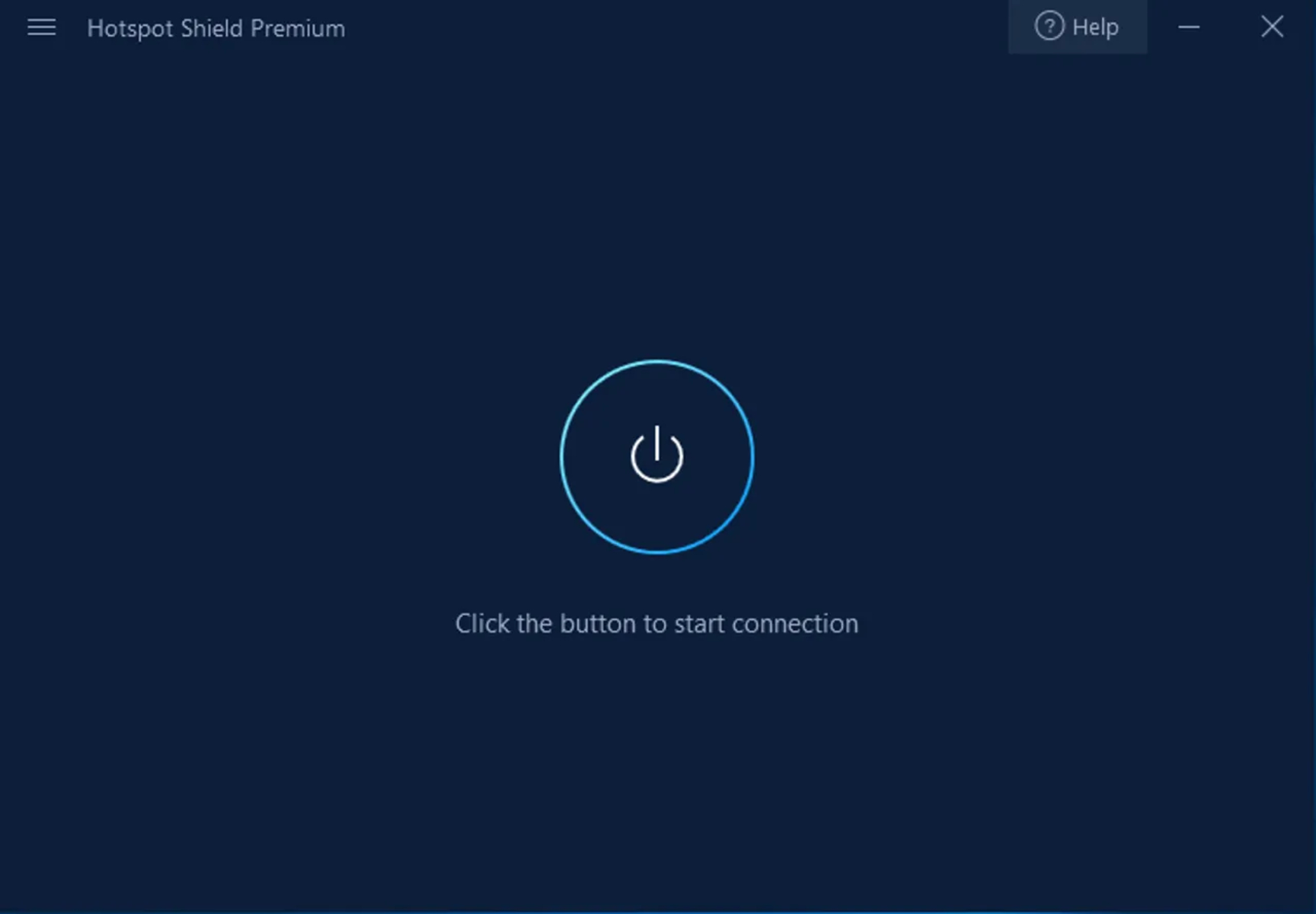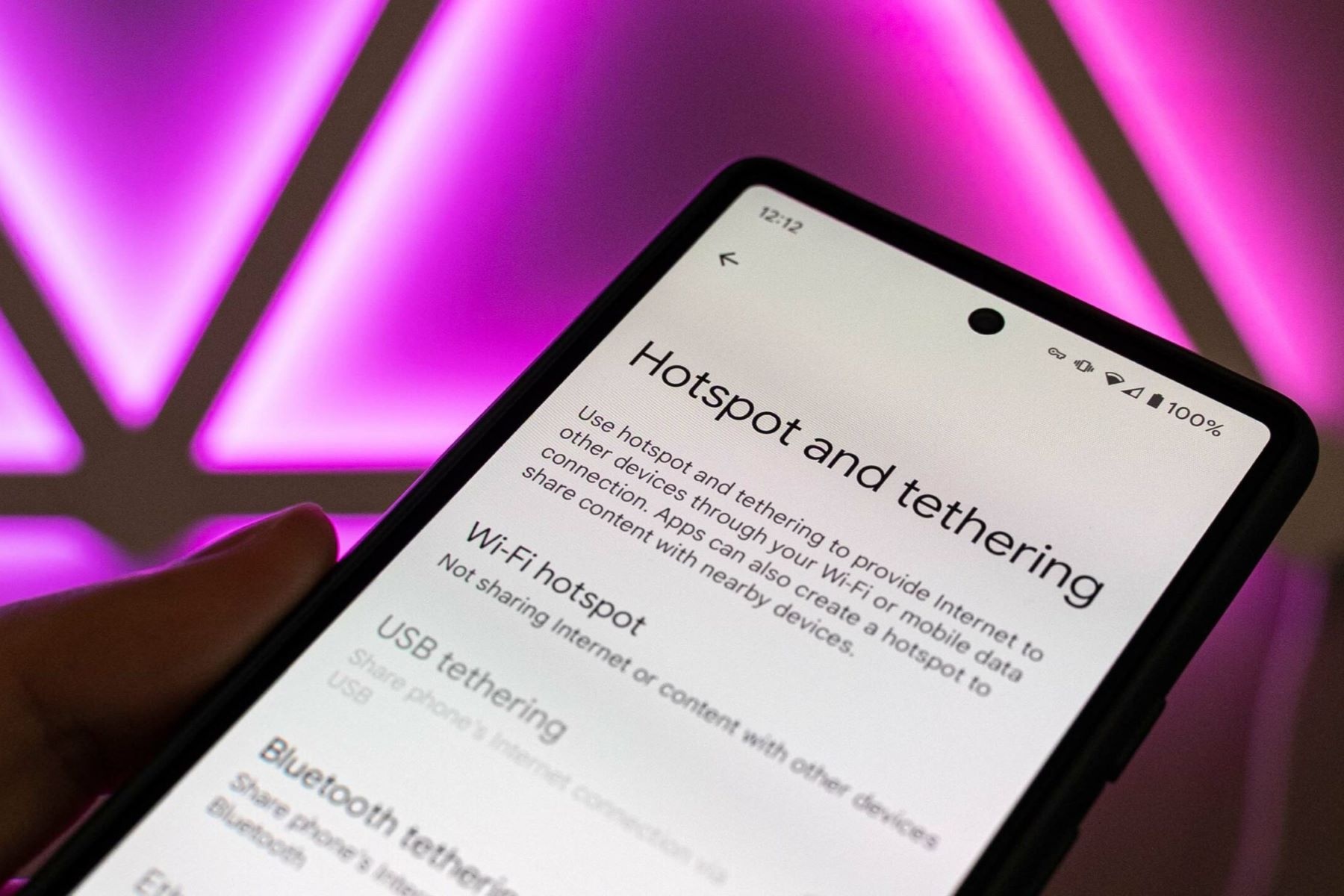Use a Strong Password
When it comes to securing your hotspot connection, using a strong password is paramount. Your hotspot is essentially a gateway to your network, and a weak password can leave it vulnerable to unauthorized access. To create a robust defense, consider the following tips for crafting a strong password:
-
Complexity is Key: A strong password should be a combination of uppercase and lowercase letters, numbers, and special characters. This complexity makes it significantly more difficult for potential intruders to crack.
-
Length Matters: The longer your password, the more challenging it becomes for hackers to decipher. Aim for a minimum of 12 characters to enhance the strength of your password.
-
Avoid Common Phrases and Patterns: Refrain from using easily guessable information, such as birthdays, pet names, or sequential patterns like "123456." Instead, opt for a unique and unpredictable combination of characters.
-
Unique for Each Device: It's crucial to use different passwords for your various devices and accounts. Reusing passwords across multiple platforms increases the risk of a security breach.
-
Regular Updates: Changing your password periodically adds an extra layer of security. Consider updating your hotspot password every few months to mitigate potential threats.
By implementing these strategies, you can fortify your hotspot connection with a robust defense mechanism, safeguarding your network from unauthorized access and potential security threats.
Enable Encryption
Enabling encryption is a crucial step in securing your hotspot connection. Encryption plays a pivotal role in safeguarding the data transmitted between your device and the hotspot, rendering it indecipherable to unauthorized parties. By implementing encryption protocols, you can significantly reduce the risk of interception and unauthorized access to your sensitive information.
One of the most widely used encryption protocols for securing wireless networks is Wi-Fi Protected Access (WPA2/WPA3). It is essential to ensure that your hotspot is configured to utilize WPA2 or WPA3 encryption, as these protocols provide robust security measures to protect your data. Additionally, it is advisable to disable the outdated and vulnerable WEP (Wired Equivalent Privacy) encryption, as it is no longer considered secure against modern hacking techniques.
Furthermore, when setting up your hotspot, opt for a strong encryption key. This key is used to authenticate devices attempting to connect to the network and to establish a secure communication channel. A lengthy and complex encryption key significantly enhances the security of your hotspot, making it more challenging for unauthorized individuals to breach the network.
In addition to WPA2/WPA3 encryption, consider implementing additional security measures such as MAC address filtering. This feature allows you to specify which devices are permitted to connect to your hotspot based on their unique MAC addresses. By configuring MAC address filtering alongside encryption, you can bolster the overall security of your hotspot and restrict unauthorized devices from accessing your network.
It's important to note that while encryption fortifies your hotspot's security, it is not a foolproof solution. Regularly updating your encryption protocols and staying informed about emerging security standards is crucial to maintaining a secure connection. By remaining vigilant and proactive in updating your encryption settings, you can effectively mitigate potential security risks and ensure the confidentiality and integrity of your data.
In essence, enabling encryption on your hotspot is a fundamental step in enhancing its security. By leveraging robust encryption protocols and implementing additional security measures, you can establish a fortified barrier against unauthorized access and protect the privacy of your transmitted data.
Update Your Hotspot Software Regularly
Regularly updating your hotspot software is a critical aspect of maintaining a secure and reliable connection. Software updates, often released by the manufacturer, serve to address vulnerabilities, enhance performance, and introduce new security features. By staying proactive in updating your hotspot software, you can effectively fortify its defenses against potential security threats and ensure a seamless user experience.
When manufacturers release software updates for hotspots, they often include patches to address known security vulnerabilities. These vulnerabilities, if left unattended, can be exploited by malicious actors to gain unauthorized access to your network or intercept sensitive data. By promptly installing these updates, you can effectively mitigate these vulnerabilities and bolster your hotspot's resistance to potential security breaches.
In addition to addressing security vulnerabilities, software updates for hotspots frequently incorporate performance enhancements and new security features. These improvements can optimize the overall functionality of your hotspot, improve network stability, and introduce advanced security measures to combat evolving cyber threats. By regularly updating your hotspot software, you can leverage these enhancements to maintain a robust and resilient network infrastructure.
Moreover, staying abreast of software updates is crucial for ensuring compatibility with the latest security protocols and standards. As cybersecurity best practices evolve, manufacturers continually refine their products to align with the most current security requirements. By updating your hotspot software regularly, you can ensure that your network remains compliant with the latest security standards, thereby reducing the risk of potential vulnerabilities and ensuring a secure connection for all connected devices.
Furthermore, proactive software updates contribute to the longevity of your hotspot and help prevent compatibility issues with newer devices and network technologies. By embracing the latest software updates, you can future-proof your hotspot, ensuring its seamless integration with emerging technologies and devices. This proactive approach not only enhances security but also promotes the longevity and reliability of your hotspot infrastructure.
In essence, regular software updates are imperative for maintaining the security, performance, and longevity of your hotspot. By prioritizing the installation of manufacturer-released updates, you can fortify your network against potential security threats, benefit from performance enhancements, and ensure seamless compatibility with evolving technologies. Embracing a proactive stance towards software updates empowers you to safeguard your hotspot and uphold a secure and resilient network environment.
Disable Auto-Connect
Disabling the auto-connect feature on your hotspot can significantly enhance its security and provide you with greater control over network access. While auto-connect functionality offers convenience by automatically connecting devices to the hotspot when in range, it can also pose security risks, particularly in public or shared environments. By proactively disabling this feature, you can mitigate potential threats and exercise a proactive approach to network security.
When the auto-connect feature is enabled, devices within the vicinity of the hotspot can automatically establish a connection without requiring explicit authorization. This convenience, however, can inadvertently expose your network to unauthorized access attempts by nearby devices or potential intruders. Disabling auto-connect ensures that each connection request is explicitly approved, reducing the likelihood of unauthorized access and enhancing the overall security of your hotspot.
To disable auto-connect on your hotspot, access the device's settings or configuration interface. Within the settings, locate the auto-connect feature and disable it to prevent devices from automatically establishing connections without your explicit consent. By taking this proactive step, you exert greater control over network access, safeguarding your hotspot from potential security breaches and unauthorized connections.
Furthermore, disabling auto-connect empowers you to evaluate and authenticate each connection request, allowing you to verify the legitimacy of devices attempting to access your network. This manual approval process adds an additional layer of security, enabling you to scrutinize connection attempts and prevent unauthorized devices from infiltrating your network.
In shared or public settings, such as cafes, airports, or co-working spaces, the risk of unauthorized access is heightened. Disabling auto-connect in these environments is particularly crucial, as it mitigates the potential for unauthorized devices to exploit the auto-connect feature and gain access to your network without your knowledge. By taking control of the connection process, you can fortify the security of your hotspot and minimize the risk of unauthorized intrusion in public or shared spaces.
By proactively disabling the auto-connect feature on your hotspot, you assume an active role in fortifying its security and mitigating potential risks associated with unauthorized access. This proactive measure not only enhances the overall security of your network but also provides you with greater control and oversight of network connections, ultimately contributing to a more secure and resilient hotspot environment.
Use a Virtual Private Network (VPN)
Utilizing a Virtual Private Network (VPN) is an indispensable strategy for fortifying the security and privacy of your hotspot connection. A VPN serves as a secure tunnel, encrypting the data transmitted between your device and the VPN server. This encryption shields your online activities from prying eyes, effectively safeguarding your sensitive information from potential eavesdropping and unauthorized access.
When you connect to a VPN, your internet traffic is routed through the VPN server before reaching its intended destination. This routing process not only encrypts your data but also masks your actual IP address, substituting it with the IP address of the VPN server. By obfuscating your IP address, a VPN enhances your anonymity and shields your online identity from potential tracking and surveillance.
Furthermore, VPNs offer an additional layer of security when accessing public Wi-Fi networks. When you connect to a public hotspot, such as those found in cafes, airports, or hotels, the inherent security risks are heightened. Malicious actors may exploit these networks to intercept data or launch cyber attacks. By using a VPN, you create a secure and encrypted connection, mitigating the vulnerabilities associated with public Wi-Fi and ensuring the confidentiality of your transmitted data.
In addition to bolstering security, VPNs enable users to bypass geographic restrictions and access region-locked content. Whether streaming geo-restricted content or accessing websites and services unavailable in your current location, a VPN empowers you to circumvent these restrictions and enjoy a more open and unrestricted online experience.
Selecting a reputable VPN service is crucial to maximizing the security and privacy benefits. When evaluating VPN providers, consider factors such as encryption protocols, server locations, privacy policies, and user reviews. Opt for a VPN service that prioritizes robust encryption, follows a strict no-logs policy, and offers a diverse network of secure servers across various locations.
By integrating a VPN into your hotspot setup, you not only fortify the security and privacy of your connection but also gain the flexibility to access the internet with enhanced anonymity and unrestricted access. Embracing a VPN as a fundamental component of your hotspot security measures empowers you to navigate the digital landscape with heightened confidence, ensuring the confidentiality and integrity of your online activities.

























